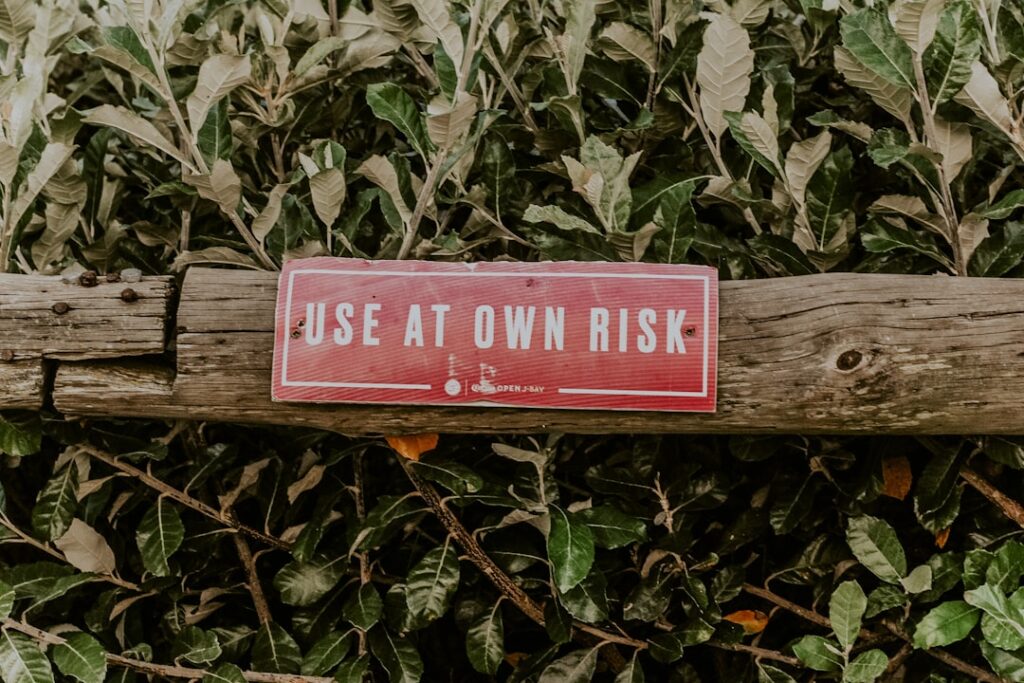To effectively navigate the complexities of risk management, it is imperative to first grasp the local context in which an organization operates. This involves a comprehensive analysis of the socio-economic, cultural, and political landscape that characterizes the area. For instance, in regions prone to natural disasters, understanding the historical frequency and impact of such events can provide invaluable insights.
Local climate data, demographic information, and infrastructure capabilities must be meticulously examined to create a robust framework for risk assessment. Moreover, local customs and community dynamics play a crucial role in shaping responses to risks. Engaging with community leaders and stakeholders can reveal unique perspectives that may not be immediately apparent through quantitative data alone.
For example, in a rural community, traditional practices may dictate how resources are allocated during emergencies, which could significantly influence the effectiveness of any risk management strategy. By immersing oneself in the local context, organizations can tailor their approaches to align with the values and needs of the community, thereby enhancing the likelihood of successful outcomes.
Key Takeaways
- Understanding the local context is crucial for identifying potential risks and developing effective mitigation strategies.
- Identifying potential risks involves thorough research and analysis of the local environment, including political, social, and environmental factors.
- Engaging with local experts can provide valuable insights and knowledge about the specific risks and challenges in the local context.
- Developing mitigation strategies should be a collaborative effort involving local stakeholders and experts to ensure effectiveness and sustainability.
- Implementing risk management plans requires clear communication, coordination, and monitoring to address and mitigate risks effectively.
Identifying Potential Risks
Once a thorough understanding of the local context has been established, the next step is to identify potential risks that could impact the organization or community. This process involves a systematic evaluation of both internal and external factors that may pose threats. Internal risks might include operational inefficiencies, financial instability, or workforce challenges, while external risks could encompass natural disasters, economic downturns, or regulatory changes.
Utilizing tools such as SWOT analysis (Strengths, Weaknesses, Opportunities, Threats) can facilitate a comprehensive identification of risks. For instance, a manufacturing company might identify supply chain disruptions as a significant external risk, particularly if it relies heavily on a single supplier located in a disaster-prone area. Additionally, engaging with local stakeholders can uncover less obvious risks that may not be captured through traditional analysis methods.
Community forums or focus groups can serve as platforms for gathering insights on perceived threats, allowing organizations to develop a more nuanced understanding of the risk landscape.
Engaging with Local Experts

Engaging with local experts is a critical component of effective risk management. These individuals possess specialized knowledge and experience that can significantly enhance an organization’s understanding of potential risks and mitigation strategies. Local experts may include academics, industry professionals, government officials, and community leaders who have firsthand experience with the challenges faced by the area.
Their insights can provide a deeper understanding of the nuances associated with specific risks and inform more effective decision-making. For example, in a coastal community vulnerable to hurricanes, collaborating with meteorologists and disaster response specialists can yield valuable information about evacuation routes and emergency preparedness protocols. Additionally, local historians may offer insights into past events that shaped the community’s resilience or vulnerability to certain risks.
By fostering relationships with these experts, organizations can create a network of knowledge that supports informed risk management practices and enhances overall community resilience.
Developing Mitigation Strategies
| Strategy | Effectiveness | Cost |
|---|---|---|
| Education and Awareness | High | Low |
| Infrastructure Improvement | Medium | High |
| Policy and Regulation | High | Medium |
With a clear understanding of potential risks and insights from local experts, organizations can begin to develop targeted mitigation strategies. These strategies should be tailored to address the specific risks identified in the previous steps while considering the unique characteristics of the local context. Effective mitigation strategies often involve a combination of proactive measures designed to reduce vulnerability and reactive measures aimed at minimizing impact when risks materialize.
For instance, a city prone to flooding might implement green infrastructure solutions such as rain gardens and permeable pavements to manage stormwater runoff effectively. Additionally, public awareness campaigns can educate residents about flood preparedness and response measures. In developing these strategies, it is essential to prioritize collaboration with local stakeholders to ensure that proposed solutions are culturally appropriate and feasible within the existing infrastructure.
Engaging community members in the planning process not only fosters buy-in but also leverages local knowledge that can enhance the effectiveness of mitigation efforts.
Implementing Risk Management Plans
The successful implementation of risk management plans requires careful coordination and resource allocation. Organizations must ensure that all stakeholders are aware of their roles and responsibilities within the plan. This often involves training sessions and workshops designed to equip team members with the necessary skills and knowledge to execute their tasks effectively.
Clear communication channels should be established to facilitate information sharing and collaboration among various departments and external partners. In practice, implementing a risk management plan might involve conducting regular drills or simulations to test emergency response protocols. For example, a school district may organize evacuation drills to prepare students and staff for potential emergencies such as fires or natural disasters.
These exercises not only help identify gaps in the plan but also foster a culture of preparedness within the organization. Furthermore, continuous engagement with local experts during implementation can provide ongoing support and guidance, ensuring that the plan remains relevant and effective in addressing emerging risks.
Monitoring and Evaluating Progress

Monitoring and evaluating progress is an essential aspect of effective risk management. Organizations must establish metrics and indicators to assess the effectiveness of their risk management strategies over time. This process involves collecting data on key performance indicators (KPIs) related to risk mitigation efforts, such as response times during emergencies or reductions in incident frequency.
Regular evaluations should be conducted to determine whether the implemented strategies are achieving their intended outcomes. For instance, after implementing new flood management measures, a city might analyze data on flooding incidents over several years to assess whether there has been a significant decrease in damage or disruption. Additionally, feedback from community members can provide valuable insights into how well the strategies are being received and whether adjustments are necessary.
By fostering a culture of continuous improvement through monitoring and evaluation, organizations can adapt their risk management approaches to better meet evolving challenges.
Adapting to Changing Circumstances
The landscape of risks is dynamic; therefore, organizations must remain agile and adaptable in their risk management practices. Changes in environmental conditions, economic factors, or social dynamics can introduce new risks or alter existing ones. For example, climate change is increasingly impacting weather patterns globally, leading to more frequent and severe weather events that require organizations to reassess their risk management strategies continually.
To effectively adapt to these changing circumstances, organizations should establish mechanisms for ongoing risk assessment and scenario planning. This might involve regular workshops or strategy sessions where stakeholders come together to discuss emerging trends and potential impacts on their operations or communities. By fostering an environment that encourages flexibility and innovation, organizations can better position themselves to respond proactively to new challenges as they arise.
Building Capacity for Future Risk Management
Building capacity for future risk management is crucial for ensuring long-term resilience within organizations and communities. This involves investing in training programs that enhance the skills and knowledge of personnel involved in risk management processes. By equipping team members with up-to-date information on best practices and emerging trends in risk management, organizations can foster a culture of preparedness that extends beyond immediate concerns.
Additionally, establishing partnerships with academic institutions or professional organizations can facilitate knowledge exchange and provide access to cutting-edge research on risk management strategies. For instance, collaborating with universities may yield opportunities for joint research projects focused on developing innovative solutions for specific local challenges. Furthermore, engaging in community outreach initiatives can help raise awareness about risk management among residents, empowering them to take an active role in enhancing their own safety and resilience.
In conclusion, effective risk management is an ongoing process that requires a deep understanding of local contexts, proactive identification of potential risks, engagement with experts, development of tailored strategies, implementation of plans, continuous monitoring and evaluation, adaptability to changing circumstances, and investment in capacity building for future challenges. By embracing these principles, organizations can enhance their resilience and better protect themselves against an increasingly complex array of risks.

